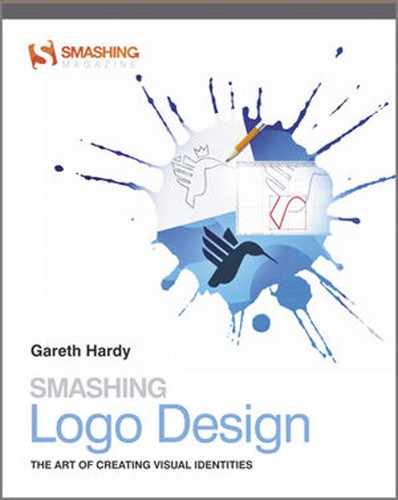Smashing Logo Design
Table of Contents
Leaving room for the brand to grow
Chapter 4: Communicating with Your Client: The Design Brief
The Start of Something Beautiful: Communicating with Potential Clients
Responding to initial inquiries
Seeking Project Specifications
Elements of a Creative Design Brief
Chapter 5: Conducting Preliminary Research
Researching your client’s line of work
Researching the market leaders
Chapter 6: Conceptualizing a Logo
Developing your thumbnails into something more
Running your ideas by the client
Chapter 7: Getting Your Ideas On-Screen
Chapter 8: Turning to Typography
Knowing Where to Look for Fonts
Chapter 9: Playing with Layout
Looking at common alignment options
RGB vs. CMYK, Screen vs. Print
Chapter 11: Presenting Your Designs to Your Client
Chapter 12: Preparing Source Files
Compensating for color reversal
Knowing Which File Types to Provide
Chapter 13: Setting Logo Usage Guidelines
The Purpose of Logo Usage Guidelines
Chapter 14: Avoiding Common Logo Design Mistakes
Designing for Yourself rather than the Client
Failing to Provide a Solution in the Absence of Color
Chapter 16: Abstract and Symbolic Marks
Chapter 18: Initials and Monograms
Chapter 19: Emblems and Characters
Appendix: Step Inside the World of Logo Design
Does this mean the death of the pencil?
